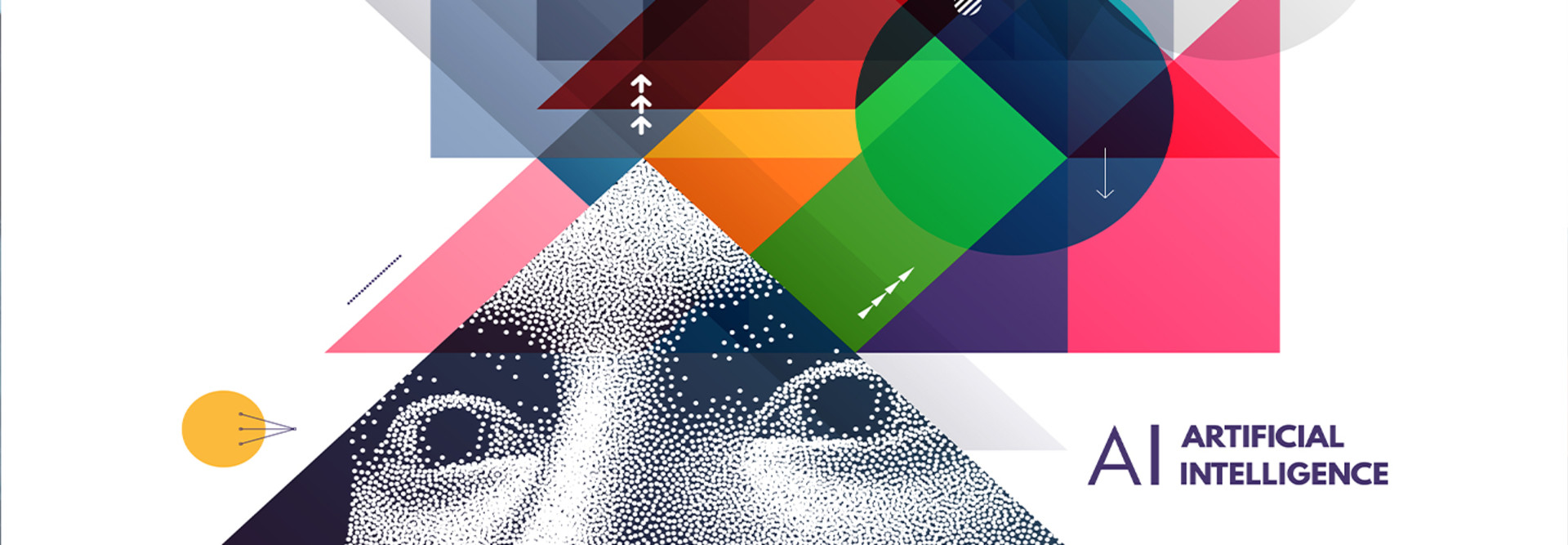1. AI for Fraud Detection
One way that banks can take advantage of AI and HPC is by applying the technology to fraud detection. Credit card fraud was the top type of identity theft in 2023, according to the Federal Trade Commission, with 416,582 reports. This is down from 440,692 reports in 2022; however, while theft targeting new accounts went down by 7 percent, it was up 14 percent for existing accounts.
Being able to quickly alert banks and consumers to potentially fraudulent activity is crucial to mitigating financial loss and other damage. HPC-powered AI algorithms can detect unusual credit card activity as it happens.
In a blog by IBM, Cloud General Manager Alan Peacock writes that “the algorithm can help trigger an action, such as flagging the suspicious credit card activity to the customer via text.”
In an instant, a customer can confirm with the bank whether the activity is fraudulent or genuine. And in the case of fraudulent use, the bank can take remediation steps, such as canceling the card or launching an investigation immediately.
RELATED: How can financial organizations meet complex compliance regulations?
2. AI to Improve Regulatory Compliance
AI can also help banks adhere to regulatory requirements. This goes for cybersecurity risks and standard compliance issues.
Generative AI solutions can assist banks in assessing customer risk profiles, detecting suspicious activity and monitoring data models. It can also notify banks of any noncompliance or suspicious transactions. Applying AI and HPC to risk management allows banks to run models with more data, computations and accuracy.
“To support the demands of today’s regulatory standards, HPC is designed to help financial services deliver the performance levels these computationally intensive calculations require, whether located on-premises or in the cloud,” Peacock writes.
AI can analyze a bank’s data sources to identify security vulnerabilities or run red teaming exercises to help financial services companies improve their cybersecurity posture.
Finally, generative AI can be used as a tool for compliance education or to create compliance efficiencies. Employees can ask a generative AI solution questions related to regulatory requirements or company policies. Generative AI can also draft credit risk reports.
However, it’s critically important that banks’ use of AI doesn’t affect regulatory compliance.












